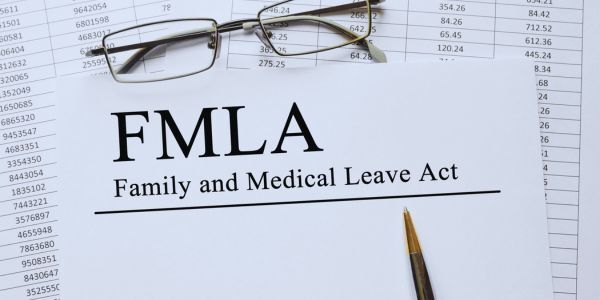Staying compliant with labor laws is a fundamental responsibility for any veterinary practice. It protects the business and its employees while fostering a fair and ethical workplace. Key regulations include federal laws such as the Fair Labor Standards Act (FLSA), Occupational Safety and Health Administration (OSHA) standards, the Americans with Disabilities Act (ADA), and the Family and Medical Leave Act (FMLA), alongside any applicable state-specific legislation.
Labor law compliance doesn’t just prevent penalties—it’s also a hidden driver of operational efficiency. When roles are clearly defined and employees are correctly classified (exempt vs. non-exempt), you eliminate ambiguity around duties, overtime eligibility, and compensation. This clarity allows leaders to delegate responsibilities better, maximize each team member’s contributions, and plan staffing needs more precisely.
Accurate timekeeping, adherence to scheduled breaks, and proper recordkeeping contribute to workload balance and reduce burnout. When practices fail to enforce these protections, productivity suffers—fatigued or frustrated employees are far less likely to function at their highest capacity. On the other hand, clinics that respect legal boundaries and embed them into daily workflow demonstrate a commitment to sustainable utilization.
Training on labor regulations and safety standards (such as OSHA) improves compliance, team readiness, and consistency. When team members know their rights, boundaries, and responsibilities, communication improves, and fewer tasks fall through the cracks. This contributes to smoother operations, less micromanagement, and a workplace where people are empowered to do their jobs well and safely.
Compliance audits and proactive policy reviews also offer an opportunity to refine scheduling practices, optimize overtime use, and ensure that workflows align with legal and business needs. In this way, compliance becomes a legal safeguard and a strategic advantage that helps practices run smarter, not harder.




